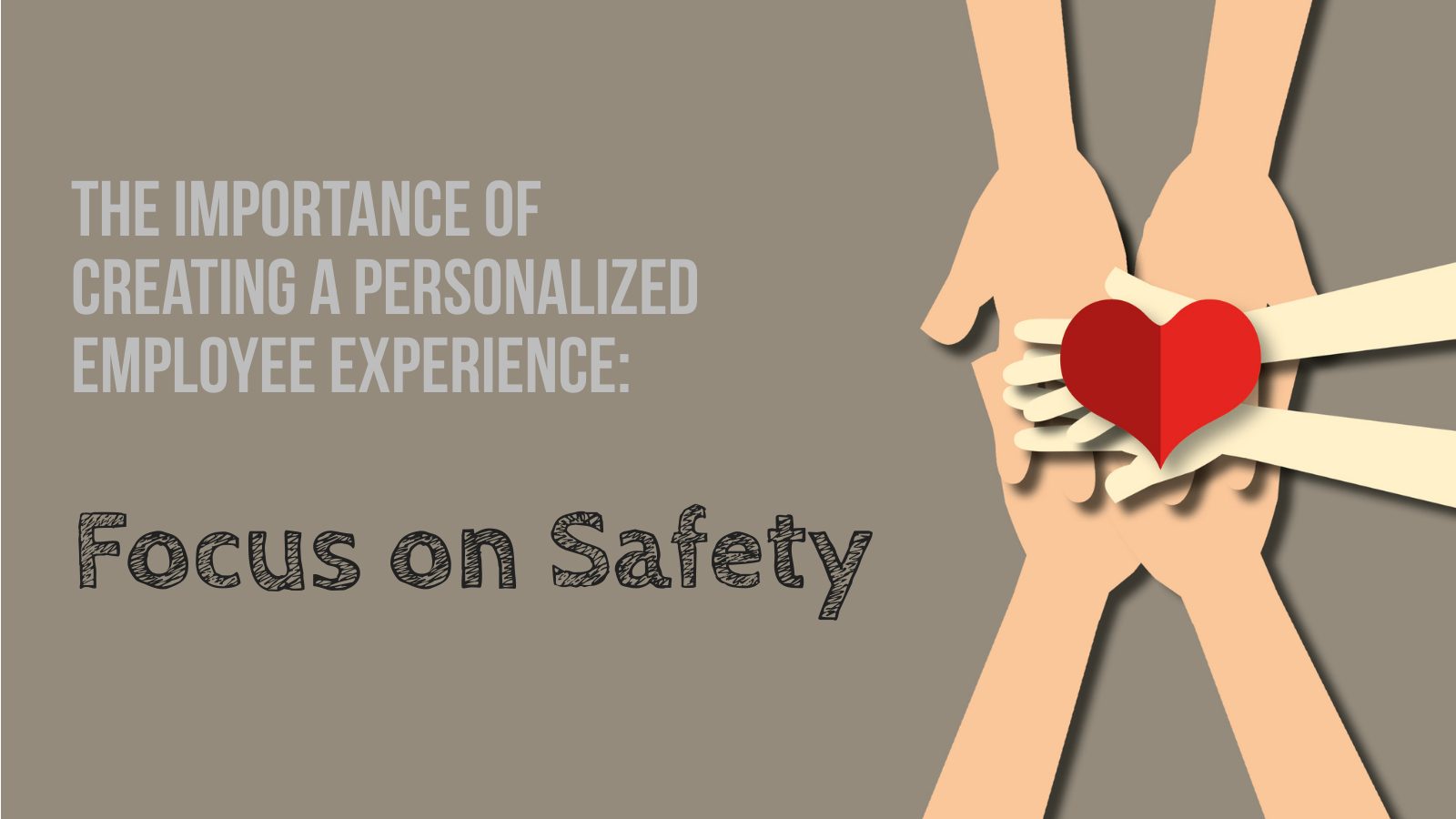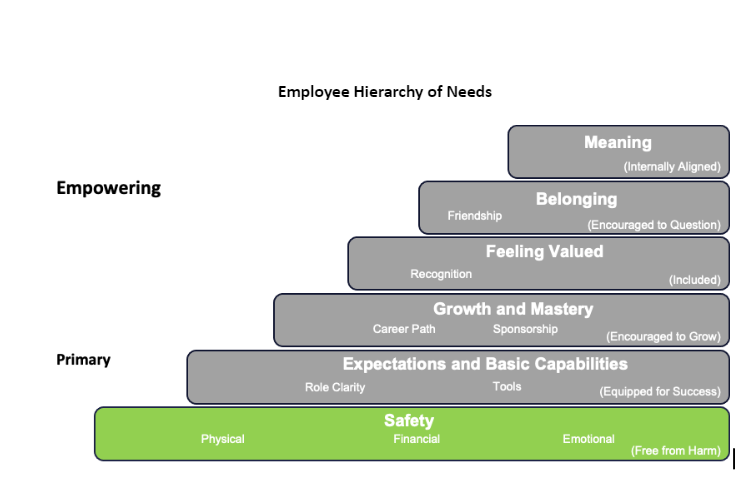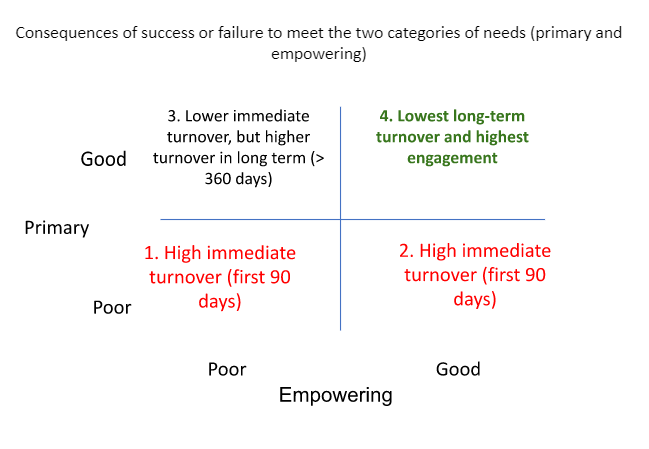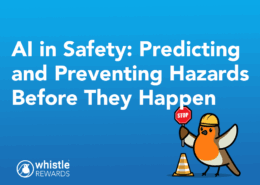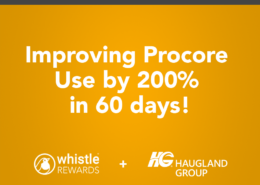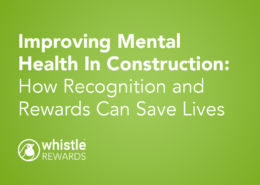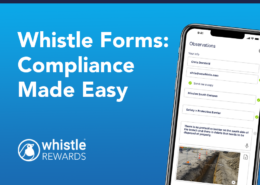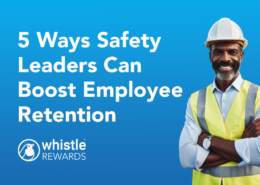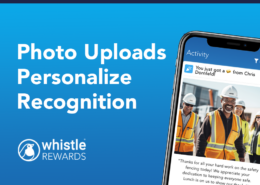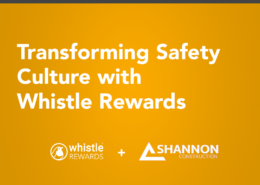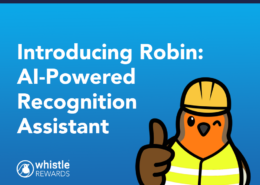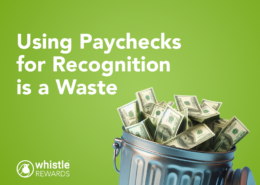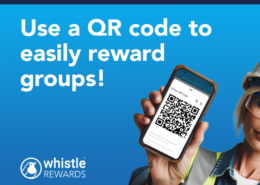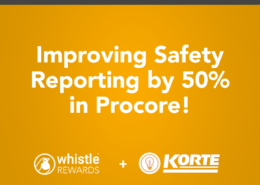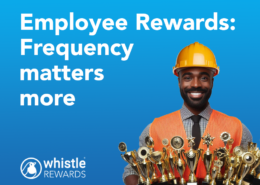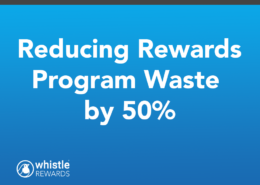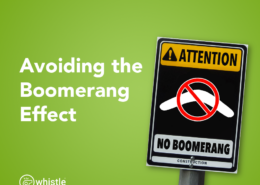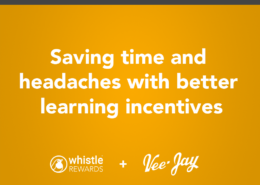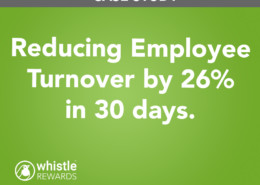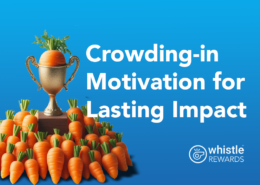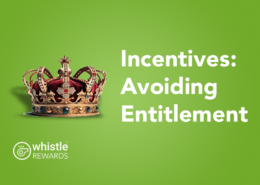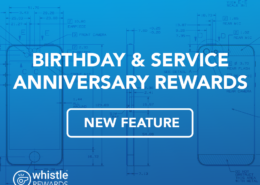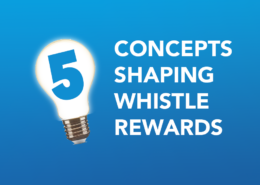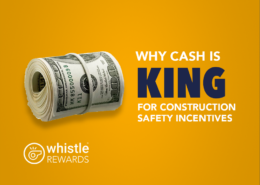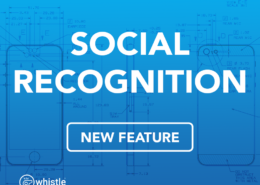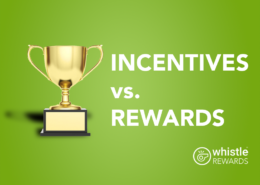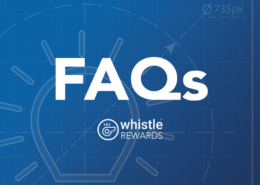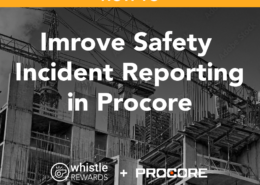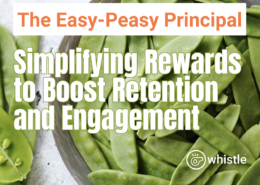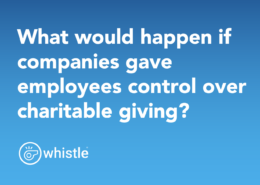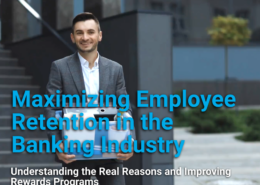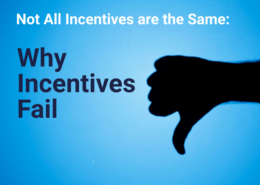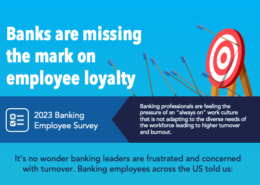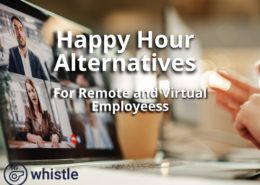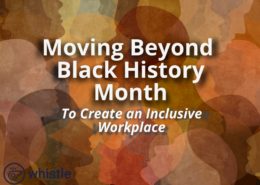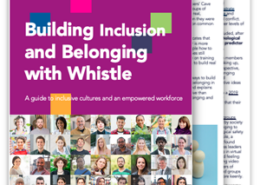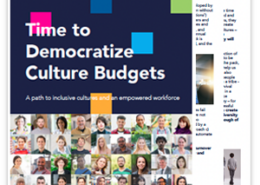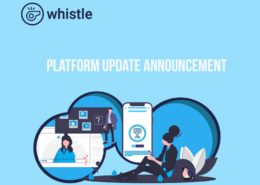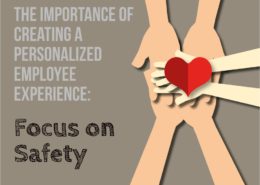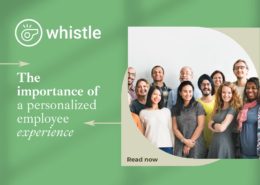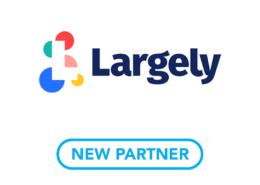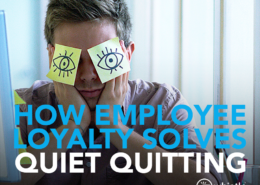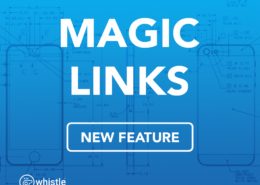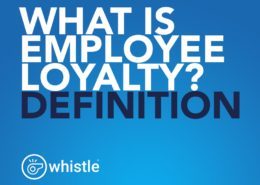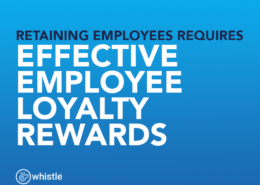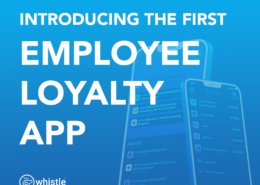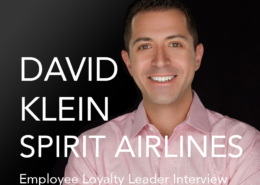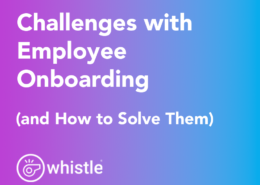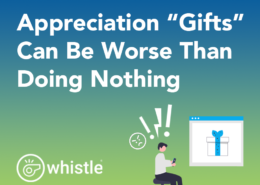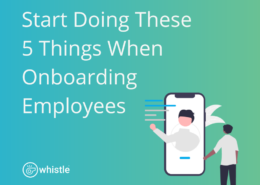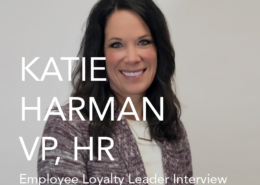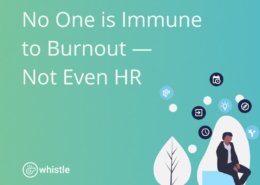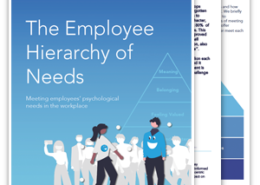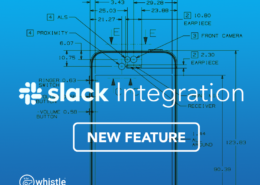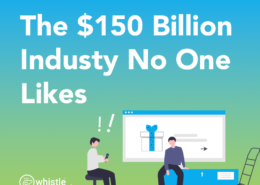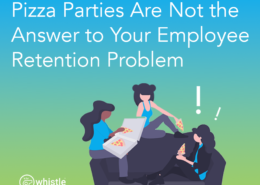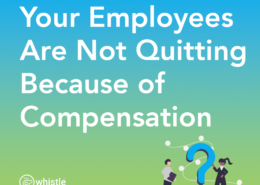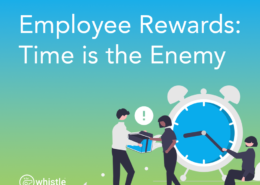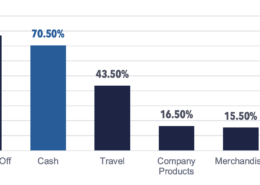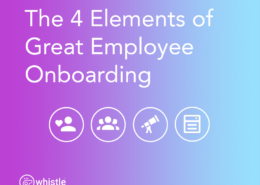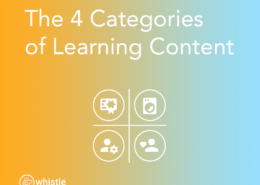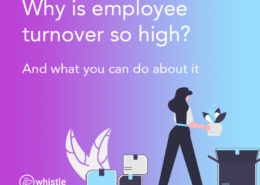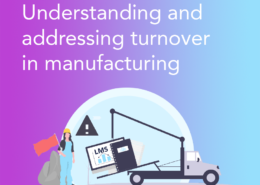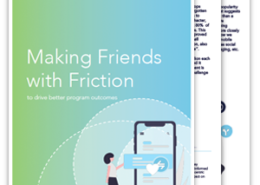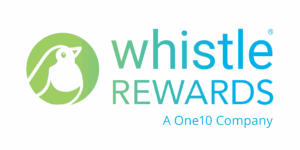Making Employee Retention Personal: Focusing on Safety
The critical success factors for HR in 2023 will be retaining the best employees and ensuring they are fully engaged in your company. Creating a positive company culture, however, is not easy or straightforward. For decades, employers have been struggling to retain and engage staff. Companies have adopted 401k plans, added ping pong tables to the office, offered unlimited vacation and dozens more approaches to make employees want to stay. And yet, retention rates have only declined. No one has been able to crack the code of employee engagement through these kinds of generalized programs.
The secret to a highly engaging culture lies in something that most companies are already doing, but for a different audience: personalization. Many companies are providing a personalized customer experience. The same approach and values apply to your employees. Each member of your organization has a unique personality, set of values, set of skills, passions, interests, and life outside of work. To remain competitive, companies must acknowledge the uniqueness of each employee and provide personalized engagement and retention solutions. This is what every person wants, whether an employee or a customer.
Developing a personalized employee experience can be done at scale. Whistle has broken down the employee experience, mirroring Maslow’s hierarchy of needs, into six levels of engagement, providing a tool to evaluate the various need states in your organization as well as specific programs to immediately improve engagement and retention by making it personal.
The critical element is to move authority and control from a few executive team members out to the front line. Front-line managers understand team members and their needs in ways executives cannot. While executives often have fantastic ideas and considerations, those ideas typically fail to resonate with everyone in the organization. The pizza party, for example, has become the pariah of employee engagement. It started as a good-natured effort by executives to provide something valuable to staff. Unfortunately, it’s become an example of what does not work. This is because of the nuance of teams. For those teams that take lunch when the pizza is delivered, who don’t have celiac disease, who aren’t vegetarians think the pizza is great. For everyone else, which is most of the company, it is not great. There are countless examples of top-down “culture programs” that do more to hurt staff relationships than help.
Front-line managers have (or should have) an understanding of the specific needs of team members and a sense of the proper timing required to address each need. These managers need better tools to operationalize this understanding.
Elements of Safety
Safety sits at the bottom of the hierarchy representing the most basic needs of any employee. Your staff need to feel free from harm to bring value to your company. Lacking freedom from harm, employees will tend to churn within 90 days and often within 30. If your company is experiencing turnover in the first hours, days, or month, you likely have at least one problem with safety.
Safety includes three components: physical, financial, and emotional. Physical safety ensures your employees work in an environment free from threats of physical harm or injury. . Many manufacturing environments, for example, have real physical dangers where employees can be permanently harmed. These companies, however, have several safety protocols mitigating the inherent danger, which allows staff to feel safe despite the danger.
A recent Whistle manufacturing client was seeing high attrition in the first week of employment, sometimes on the first day (at lunch). The client was frustrated and unclear about the cause of the churn. It turned out that a recently promoted safety manager was focusing the first half day of on-boarding to safety training. That person’s approach to safety training was to dive into the details of all the dangers on the manufacturing floor, so everyone would be aware of them. Unfortunately, this caused many new hires to become so anxious about the dangers at the company they left during lunch on day one. They didn’t feel safe.
Financial safety provides staff compensation sufficient to address their most basic needs. The lack of financial safety can cause employees to be distracted at work, experience high levels of stress and anxiety and depart the company for any increase in wages.
When a Whistle client used the Employee Loyalty Index (ELI) to pinpoint strengths and challenges in the company culture, financial insecurity peaked for one of the locations. While not pervasive across the company, one specific location was paying lower-than-standard wages. Turnover was higher at that location, but, prior to the ELI, the cause was not clear. Once the cause was identified, it became clear the savings in lower wages were being dwarfed by the additional costs of higher turnover. Ironically, paying people a little more in this area of the business reduced overall costs by providing financial safety and reducing turnover.
Emotional safety creates an environment where employees feel free from harassment or discrimination. This could include policies that affect workers broadly, such as requiring people to work on holidays of a religious minority group. Or it could include a failure to protect the emotional safety of an individual. Unwanted sexual attention, differential treatment based on a person’s ethnicity, or leaving someone out of an event because of a disability (rather than providing accommodations) are examples of individual level experiences that undermine emotional safety. An environment without emotional safety sows the seeds of anxiety and resentment, and causes people to withdraw from their work.
When employees feel emotionally safe, they are more productive, stay at a company longer and experience fewer accidents. Just prior to the pandemic a client wanted to send an executive to Saudi Arabia for a 3 month assignment. The executive declined the assignment because the environment was hostile to gay people. That person didn’t feel emotionally safe.
1
https://www.gallup.com/workplace/236198/create-culture-psychological-safety.aspx
Measuring Safety Within Your Organization
Each of the three pillars of Safety can be measured as a binary result: either your company provides the minimum elements of safety across each pillar or it does not. If your company is experiencing short-term attrition, safety may be an area to review.
Improving Employee Safety
The Whistle platform offers solutions for improving safety at the group and individual level. The Employee Loyalty Index identifies your employees’ needs by location, department, tenure, etc., and pinpoints need states. Whistle can help you understand which needs are being met, and which ones need attention in order to engage and retain your employees. These need states map directly into specific programs in the platform, providing immediate improvement in retention. Your team can enable managers with the tools to make employees feel valued and belonging at a personal level.
If your employees are lacking a sense of physical safety, Whistle can help you evaluate onboarding and design and deploy more engaging digital safety training programs. We can also help you create and easily execute incentives and rewards for safety-related behaviors, such as completing training, modeling the steps of safety, speaking up about a workplace danger, or going a certain number of days without a safety incident.
We can help pinpoint specific areas within your company where financial safety is lacking, and offer broad solutions (e.g., increase wages in one area to reduce retention costs) or more individualized (e.g., Whistle payments can offer automated incentives for a particular groups or individuals to supplement their income while also improving outcomes that matter most to the company). Whistle can also make reimbursements and “preimbursements” for work expenses happen in real time to reduce the financial and emotional burden on employees.
If emotional safety is lacking, Whistle can help review your policies for unintentional bias. Whistle can also provide general training on leadership, as well as DEI specific training that includes how to offer personalized approaches to employee support. Whistle payments can offer culture budgets that allow people to build relationships with their teammates, which naturally leads to greater emotional support. And we can reward top managers who do an exceptional job of safeguarding all employees’ safety needs.
Look out for our next blog post deconstructing Expectations and Basic Capabilities in the Employee Hierarchy of Needs, highlighting what it means to succeed at that level as well as what it means to personalize the employee experience.
THE EMPLOYEE LOYALTY INDEX
We call the playbook the Employee Loyalty Index. It is an objective measure of all the data points that employees care about in the work environment and an effective way to measure where money should be spent in order to hit the desired culture goals.
By tracking these key indicators, companies are able to measure what is working and what isn’t, allowing them to invest their culture dollars wisely. When companies know where to invest their culture dollars, they can have a huge impact on their employees and the success of their business.
The index follows a hierarchy of needs, from the most basic workplace need — safety — to an employee’s highest workplace need — meaning. We score your company against this rubric to highlight the most critical areas to address with budget and attention. This gives you laser-focus to improve your culture quickly and efficiently.
WHISTLE, THE EMPLOYEE LOYALTY APP
There are many factors that influence employee loyalty but Whistle is the first employee loyalty app specifically designed for that purpose. By leveraging Whistle and integrating with other programs, Whistle can help companies improve both their top and bottom line.
In a recent case study, Whistle helped a manufacturing company reduce turnover by 26% in just 90 days through a redesigned onboarding program. Whistle’s employee loyalty app brought the company’s on-boarding process into the digital age and put it in every employee’s pocket. Employees raved about the mobile-first experience and cash reward system.
Companies are using Whistle to help people-managers improve relationships with their direct reports, rethinking incentives and rewards, and even changing their approach to culture – building a more inclusive workplace and helping to attract quality candidates.
Contact us for a free demo and better understand how much you can improve employee loyalty when using an employee loyalty app!
Forget the Bells. You Just Need Whistle.
Overwhelmed? Let us help you build a better onboarding experience, improve leadership training, or find innovative ways to appreciate your people — start by speaking to a consultant for free.

